Condenser dryer - no ducting?!
ideagirl2
13 years ago
Related Stories
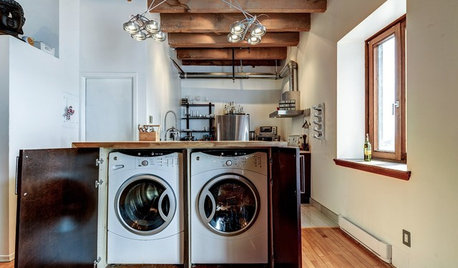
LAUNDRY ROOMSA Kitchen Laundry Cabinet Full of Surprises
A little DIY spirit allowed this homeowner to add a washer, dryer, kitchen countertop and dining table all in one
Full Story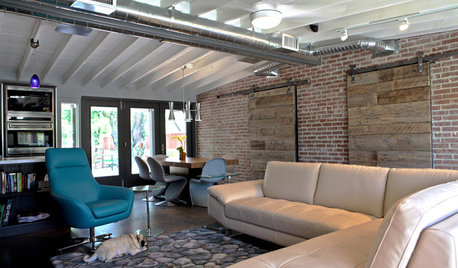
ARCHITECTUREHVAC Exposed! 20 Ideas for Daring Ductwork
Raise the roof with revealed ducts that let it all hang out — and open a world of new design possibilities
Full Story
REMODELING GUIDESContractor Tips: Advice for Laundry Room Design
Thinking ahead when installing or moving a washer and dryer can prevent frustration and damage down the road
Full Story
DECORATING GUIDES10 Ways to Hide That Air Conditioner
Feeling boxed in designing around your mini-split air conditioner? Try one of these clever disguises and distractions
Full Story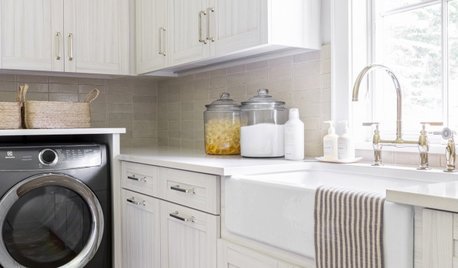
LAUNDRY ROOMS7-Day Plan: Get a Spotless, Beautifully Organized Laundry Room
Get your laundry area in shape to make washday more pleasant and convenient
Full Story
THE HARDWORKING HOMEWhere to Put the Laundry Room
The Hardworking Home: We weigh the pros and cons of washing your clothes in the basement, kitchen, bathroom and more
Full Story
HEALTHY HOMEGet Cleaner Indoor Air Without Opening a Window
Mechanical ventilation can actually be better for your home than the natural kind. Find out the whys and hows here
Full Story
LIFEYou Showed Us: 20 Nutty Home Fixes
We made the call for your Band-Aid solutions around the house, and you delivered. Here's how you are making what's broken work again
Full Story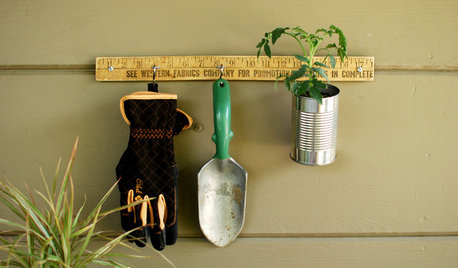
DIY PROJECTS17 Ways to Decorate With Everyday Things
Characters on the new Netflix series 'Orange Is the New Black' make the most of what they have. Here's how you can too
Full Story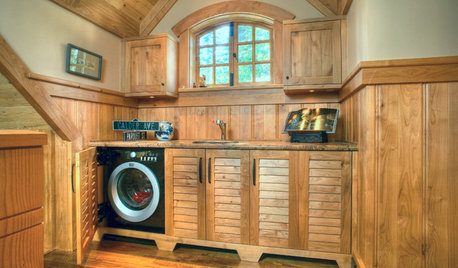
LAUNDRY ROOMSClever Ways to Hide a Laundry Station
When you don’t have a whole room to devote to the wash, use these solutions to tuck the machines out of view
Full Story





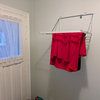

liriodendron
lee676
Related Professionals
La Verne Kitchen & Bathroom Designers · Leicester Kitchen & Bathroom Designers · Beachwood Kitchen & Bathroom Remodelers · Eagle Mountain Kitchen & Bathroom Remodelers · Wood River Kitchen & Bathroom Remodelers · Newberg Kitchen & Bathroom Remodelers · Pueblo Kitchen & Bathroom Remodelers · Turlock Kitchen & Bathroom Remodelers · Sharonville Kitchen & Bathroom Remodelers · Norfolk Cabinets & Cabinetry · Hacienda Heights Custom Closet Designers · Parma Heights Flooring Contractors · Pearland Flooring Contractors · Uxbridge Flooring Contractors · Winchester Flooring Contractorsideagirl2Original Author
xand83
liriodendron